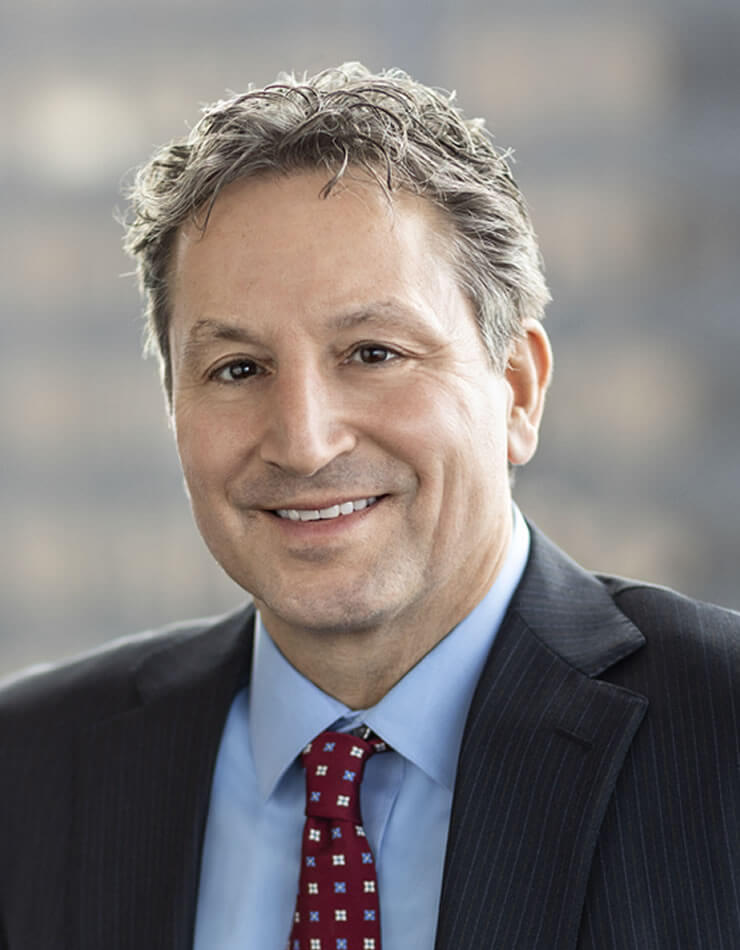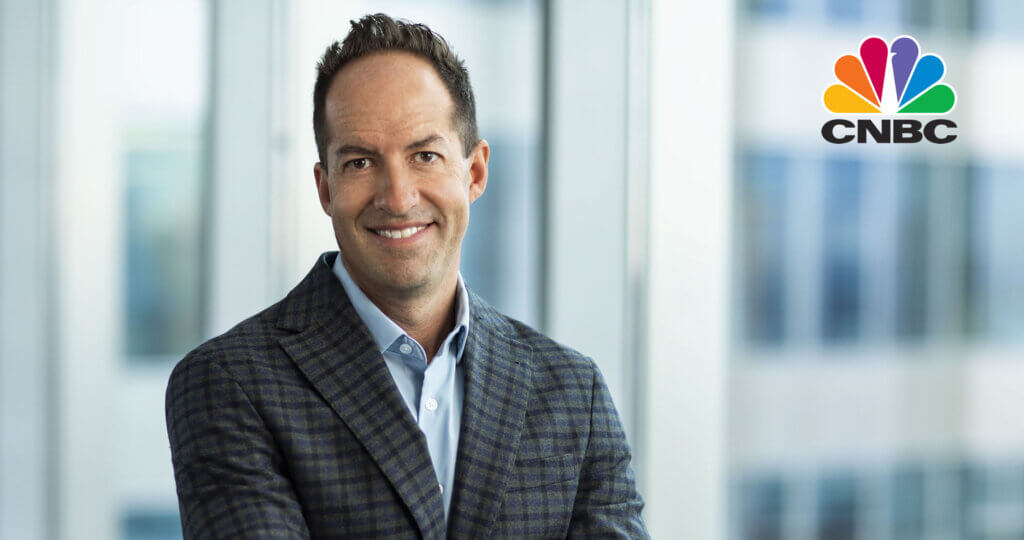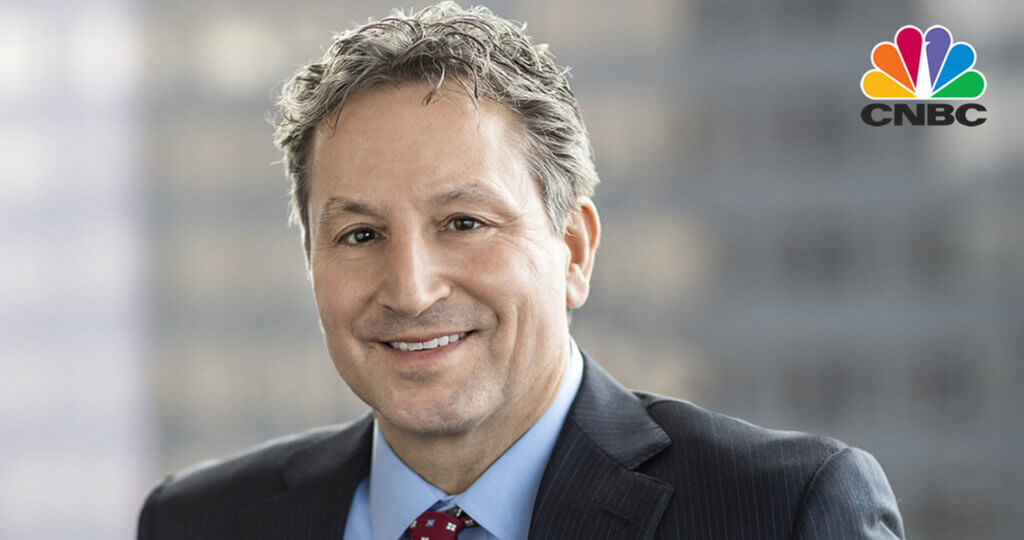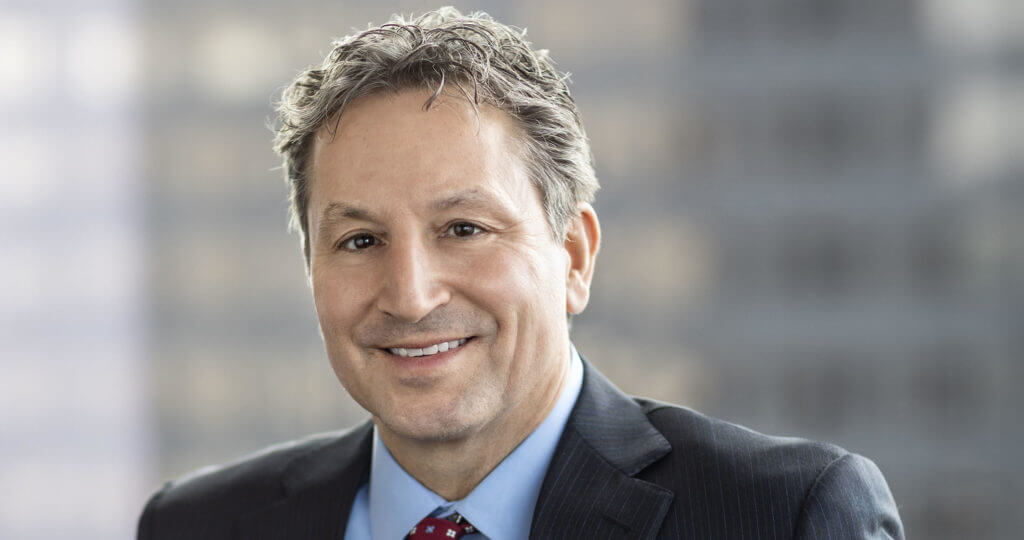Oakmark International Fund – Investor Class
Average Annual Total Returns 12/31/17
Since Inception 09/30/92 10.40%
10-year 6.95%
5-year 10.50%
1-year 29.75%
3-month 2.38%
Gross Expense Ratio as of 09/30/17 was 1.00%
Net Expense Ratio as of 09/30/17 was 0.95%
Past performance is no guarantee of future results. The performance data quoted represents past performance. Current performance may be lower or higher than the performance data quoted. The investment return and principal value vary so that an investor’s shares when redeemed may be worth more or less than the original cost. The To obtain the most recent month-end performance data, view it here.
The Oakmark International Fund returned 2.4% for the quarter ended December 31, 2017, compared to the MSCI World ex U.S. Index, which returned 4.2% over the same period. The Fund’s calendar-year performance was strong in absolute and relative terms, returning 29.8%, versus the MSCI World ex U.S. Index’s return of 24.2%. Most importantly, the Fund has returned an average of 10.4% per year since its inception in September 1992, outperforming the MSCI World ex U.S. Index, which has averaged 6.4% per year over the same period.
Glencore, one of the world’s largest mining companies and commodities traders, was the top contributor to performance for the quarter, returning 15%. During the quarter, Glencore announced an agreement to purchase a portion of Peruvian zinc producer Volcan Compañia Minera for $531 million. The asset has a mine life of more than 20 years and comes with significant development options. Furthermore, the acquisition offers promising cost-cutting opportunities. Glencore has controlled assets near the Volcan site with similar geologic profiles, but was able to produce for less than half of Volcan’s costs. We also believe the deal is strategically attractive for Glencore. Additionally, during the quarter, management announced two increases in Marketing EBIT guidance. Management has progressively raised earnings forecasts for this segment over the course of the year, which indicates that the marketing business is consistently executing beyond expectations. In our perspective, marketing is a top-quality segment of Glencore’s enterprise. We are pleased that this business, which generates a high return on equity and is immensely cash-generative, is performing well. Finally, Glencore has aggressively reduced its leverage over the past two years and is already below the max net debt position. The company continues to aim for a BBB rating and a max ND/EBITDA of 2x. We believe Glencore’s capital position is sound, and we like that its management team is exploring all avenues to enhance shareholder value.
H&M, a global fashion retailer, was the largest detractor for the quarter. Investors reacted negatively to fiscal-year sales announced in December, which were below management’s and our expectations. The weakness came from H&M’s brick-and-mortar stores, even though the company’s other brands performed well and H&M online experienced growth. We believe the sales miss was due in part to general weakness in the retail sector, but was exacerbated by a fashion miss in H&M’s collection and a failure to get the right product to the right stores. A new H&M brand head has been appointed to address the fashion and product-allocation issues and to generate faster lead times. Management indicated that it will further optimize the physical store footprint with fewer openings and more closures, a reversal of management’s historical space growth targets. H&M has invested heavily in its online presence in recent years, and we believe it is better positioned here than many in the market appreciate. Overall, H&M has made significant investments and improvements in its brand management, logistics, purchasing and technology, and we believe the company has made considerable progress. The Chairman remains committed to further improvements and used more than $1B of his personal wealth to purchase shares of H&M in 2017.
During the quarter, we sold our positions in Atlas Copco, Daiwa Securities, LVMH, Melco Resorts and OMRON.
We continue to believe the Swiss franc is overvalued versus the U.S. dollar. As a result, we defensively hedged a portion of the Fund’s exposure. Approximately 14% of the Swiss franc exposure was hedged at quarter end.
We would like to thank our shareholders for your continued support and wish you a happy and prosperous new year!
The securities mentioned above comprise the following percentages of the Oakmark International Fund’s total net assets as of 12/31/17: Glencore PLC 4.7%, Volcan Compañia Minera S.A.A. 0%, Hennes & Mauritz AB (H&M), Class B 3.7%, Atlas Copco AB, Series B 0%, Daiwa Securities Group, Inc. 0%, LVMH Moet Hennessy Louis Vuitton SA 0%, Melco International Development, Ltd. 0% and OMRON Corp. 0%. Portfolio holdings are subject to change without notice and are not intended as recommendations of individual stocks.
The net expense ratio reflects a contractual advisory fee waiver agreement through January 28, 2018. Harris Associates has agreed to continue the advisory fee waiver agreement through January 28, 2019.
The MSCI World ex U.S. Index (Net) is a free float-adjusted, market capitalization-weighted index that is designed to measure the equity market performance of developed markets, excluding the U.S. This benchmark calculates reinvested dividends net of withholding taxes using Luxembourg tax rates. This index is unmanaged and investors cannot invest directly in this index.
ND/EBITDA refers to Net Debt to Earnings Before the deduction of payments for Interest, Taxes, Depreciation and Amortization Ratio which is a debt ratio measuring the length of time it would take for a company to pay back debt.
The Fund’s portfolio tends to be invested in a relatively small number of stocks. As a result, the appreciation or depreciation of any one security held by the Fund will have a greater impact on the Fund’s net asset value than it would if the Fund invested in a larger number of securities. Although that strategy has the potential to generate attractive returns over time, it also increases the Fund’s volatility.
The percentages of hedge exposure for each foreign currency are calculated by dividing the market value of all same-currency forward contracts by the market value of the underlying equity exposure to that currency.
Investing in foreign securities presents risks that in some ways may be greater than U.S. investments. Those risks include: currency fluctuation; different regulation, accounting standards, trading practices and levels of available information; generally higher transaction costs; and political risks.
The discussion of the Fund’s investments and investment strategy (including current investment themes, the portfolio managers’ research and investment process, and portfolio characteristics) represents the Fund’s investments and the views of the portfolio managers and Harris Associates L.P., the Fund’s investment adviser, at the time of this letter, and are subject to change without notice.
All information provided is as of 12/31/17 unless otherwise specified.






